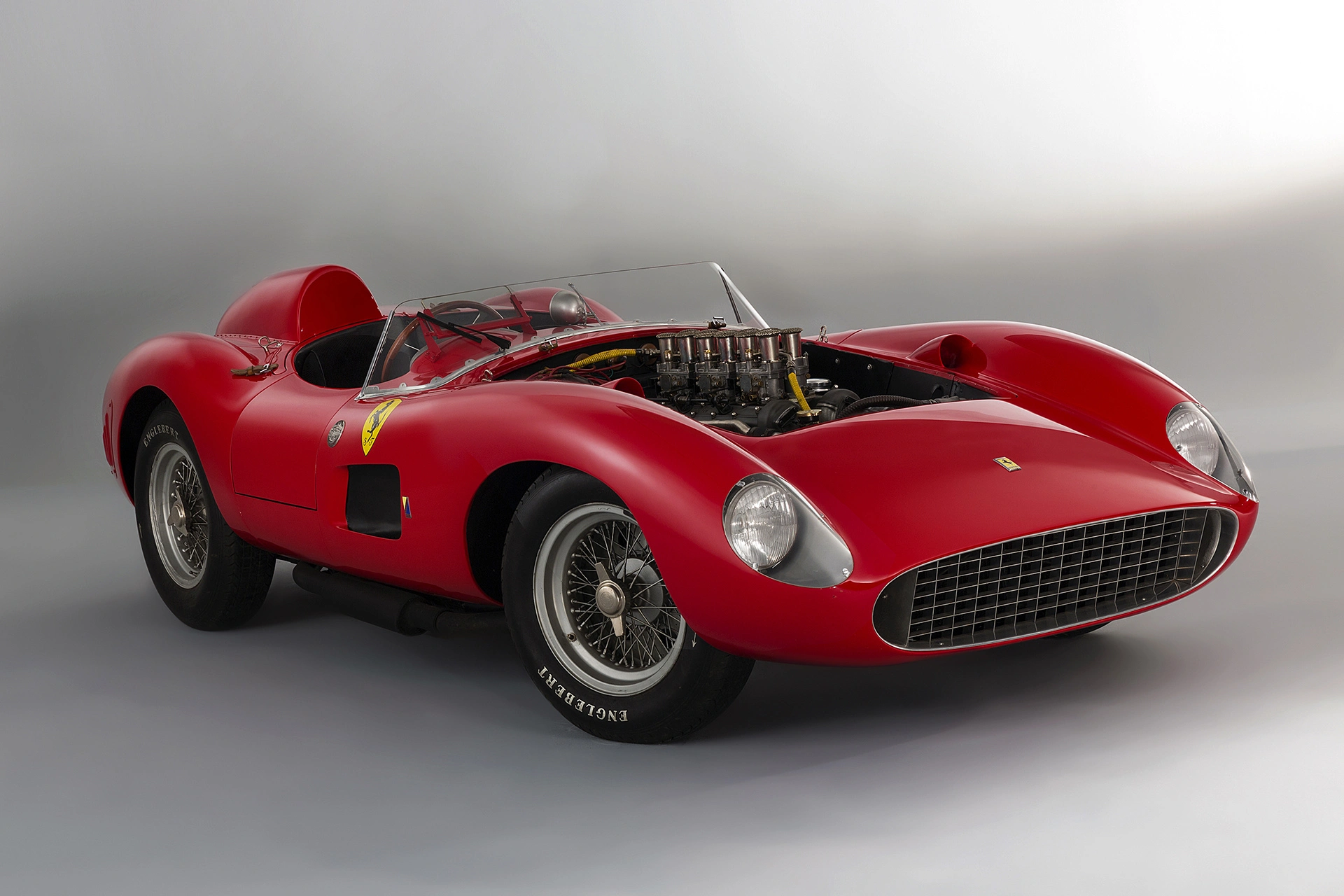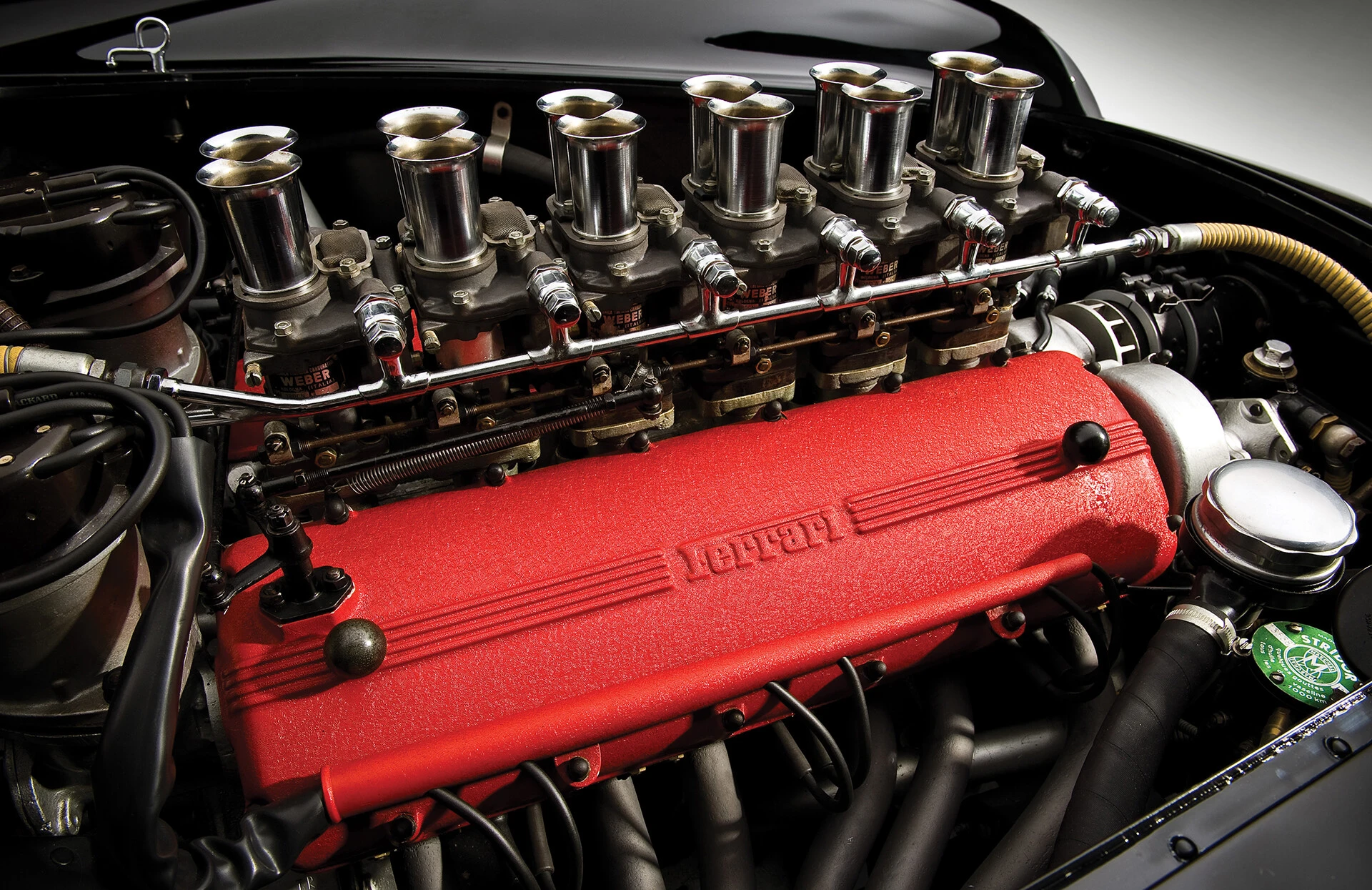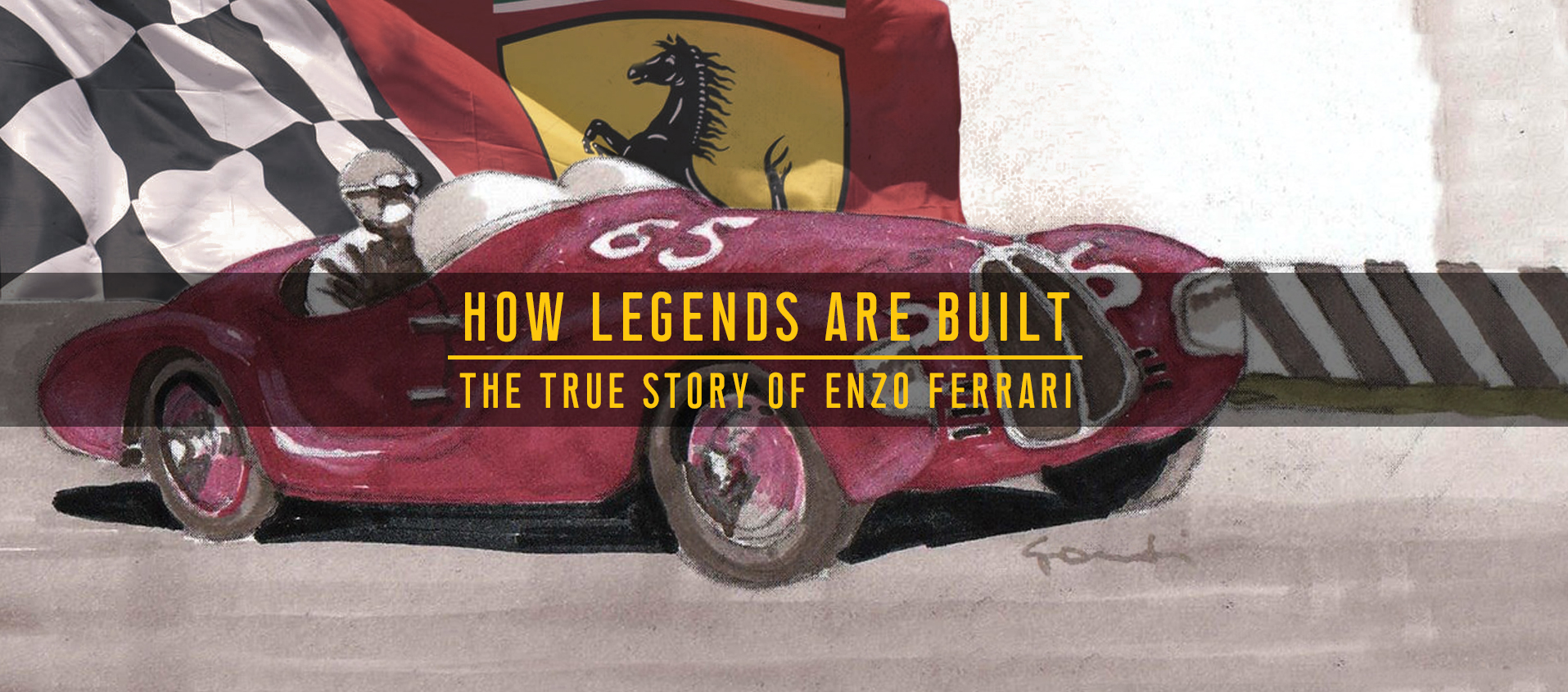Ferrari’s Technological Innovations Part 3: From V12 to Twin-Cylinder
28 September 2024 8 min read 4 images

At the 2013 Geneva Motor Show, Ferrari unveiled LaFerrari, powered by a V12 engine capable of 963 horsepower, assisted by the Hi-Kers system. This system, by recovering energy during braking, provides the engine with an extra boost through electric power. Luca di Montezemolo, Ferrari's President and CEO at the time, personally chose the name LaFerrari in honor of Enzo Ferrari, who always wanted his cars to feature such sophisticated engineering. This choice made them iconic on both tracks and roads. The name represented a commitment, as electric cars began emerging, to never betray the founder’s spirit.
Register to unlock this article
Signing up is free and gives you access to hundreds of articles and additional benefits. See what’s included in your free membership. See what's included in your free membership.
Already have an account? Log In


